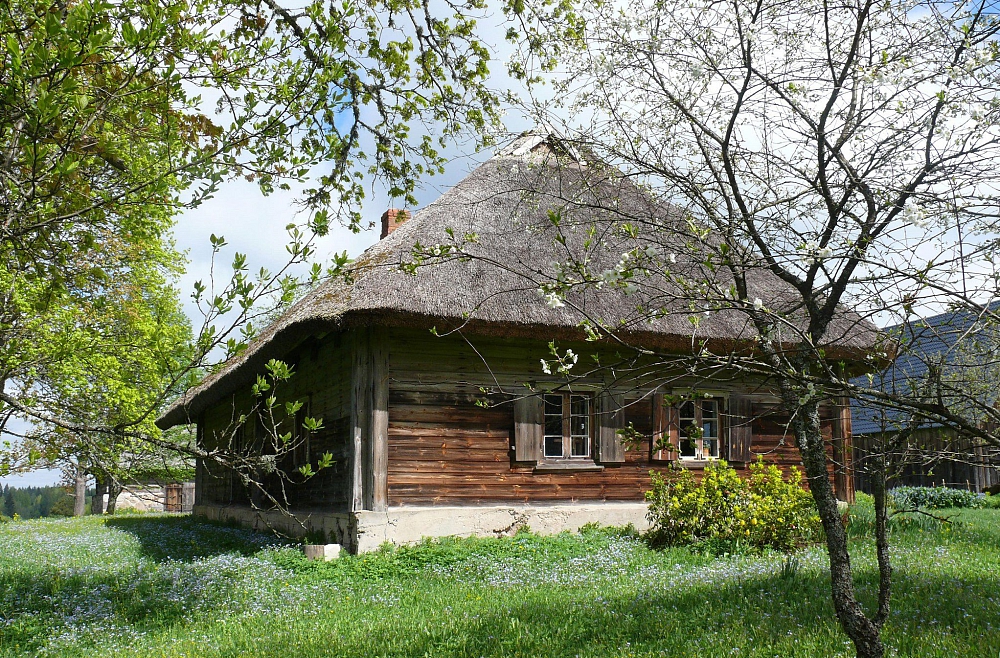If for some reason he left his house and took the name of the house with him, it could cause confusion. Therefore, in the period of Swedish rule in the 17th century, when a farmer left his farm, he was forbidden to take his house name with him - he was left with only one name.
If he moved to another house, he had to use his own baptismal name and the name of the house in which he lived.
That is why one of our national treasures is place names, which for various reasons people have sometimes tried to alter or modernize, because they do not understand what they mean.
A second thing to consider is that a lot of old places have disappeared, they just don't exist anymore. In the open-air museum we have an advertisement - we have houses from Jūpīši, Poķi, Vecķempji, from Kalna Kundziņi - they are all homesteads that once existed in Zemgale and no longer exist. And if someone really wants to come and explore their homeland, I recommend that you first come to the museum, find a house that interests you, and then go to this region to see if there is anything left or not.
This article is taken from the Latvian Radio 3 series 'Did you know?'.






















